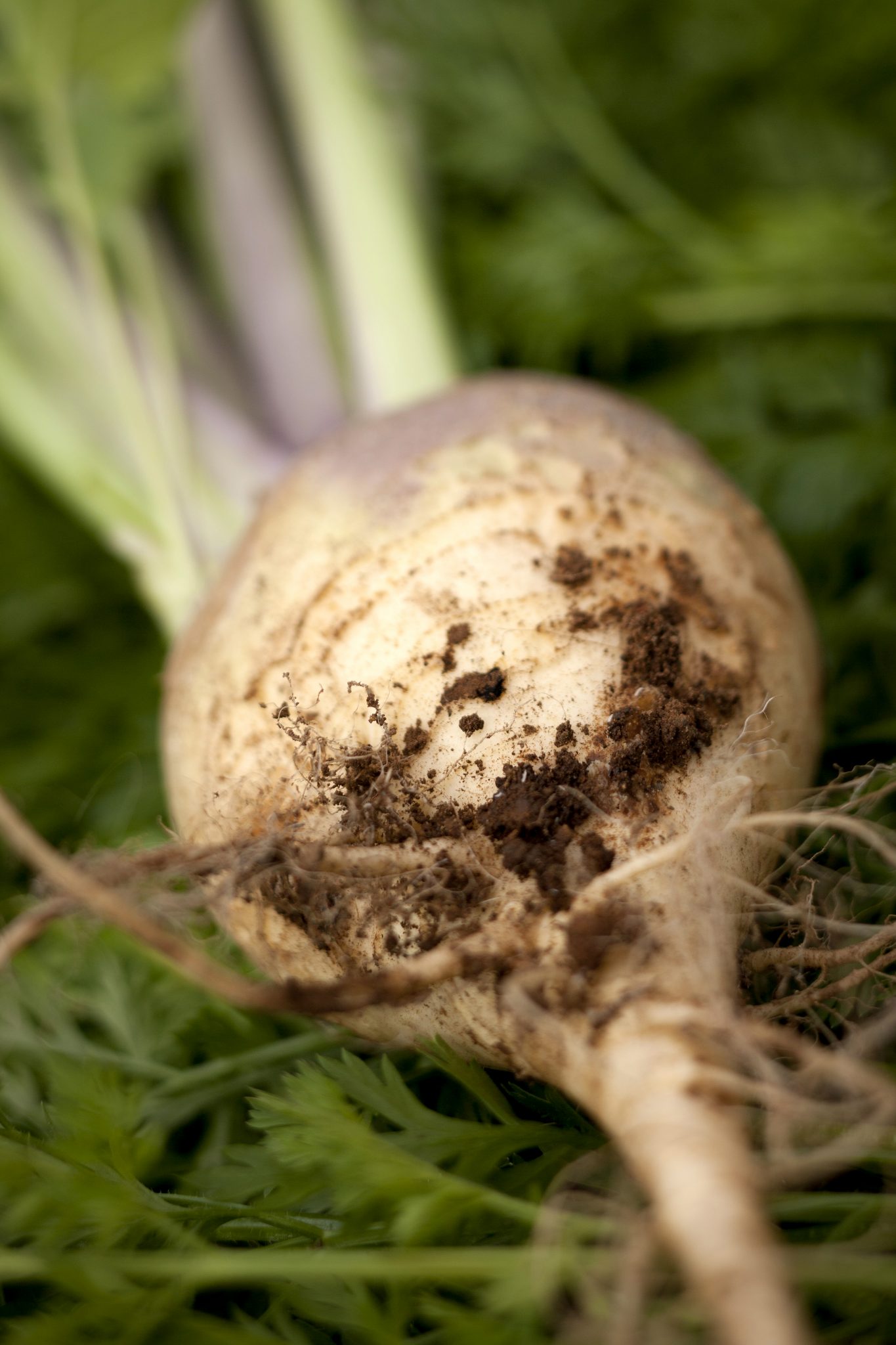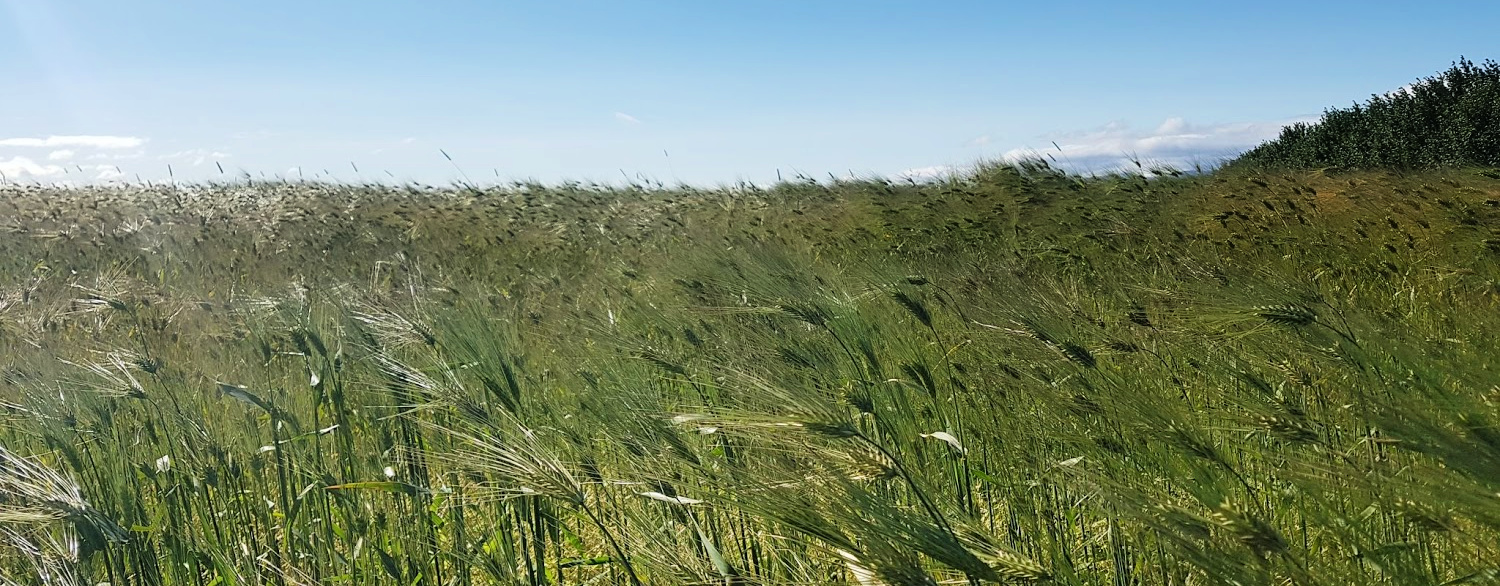Rangárþing Eystra
Hvolsvöllur is the main urban area of Rangárþing eystri and was built as a center for agricultural services in the second half of the last century. There are now about 1000 people living there, and the primary industries are services to agriculture, trade, and tourism. The abattoir Sláturfélag Suðurlands also has one of the largest meat processing plants in the country stationed there. It moved from Reykjavík in 1991
Smáratún farm in Fljótshlíð is one of the founding members of Beint frá býli or from farm to table. Various products, e.g., jam from multiple berries and rhubarb, bread and Icelandic flatbread, sheep liver pâté, eggs, lamb, potatoes, rutabaga, and beef, are processed. Smáratún also runs a hotel and a restaurant with the Nordic Ecolabel and is launching a "zero waste" program.
Vísi Gísli, who lived in Fljótshlíð in the 17th century, was the first Icelander to study science at university. He was a pioneer in horticulture in that century, and from him comes cumin, which now grows wild in Fljótshlíð. In Fljótshlíð, cumin was added to coffee, pancakes, and rhubarb jam on special occasions. Rutabagas were also grown there as it has excellent sandy soil below the road.
Under the mountains of Eyjafjöll, fulmar hunting has been practiced for years. The hunting practiced today is more to maintain old rituals than to make money. In the old days, people used to climb down the cliffs; nowadays, people walk or drive and knock out the bird sitting below the cliffs.

Corn cultivation has been practiced in Iceland since the settlement age, and most of the cornfields are in South Iceland. The Eyjafjöll mountains are considered one of the best areas for corn cultivation, and the lowlands of the county Rangárvallasýsla. Barley, wheat, and rapeseed have been grown on Þorvaldseyri farm in recent years, and the rapeseed has been used for both human consumption and biodiesel.
Cabbage gardens were popular centuries ago, and for a long time, only rutabagas were grown. They were considered particularly good for the masses. Rutabaga seeds were obtained from abroad.
